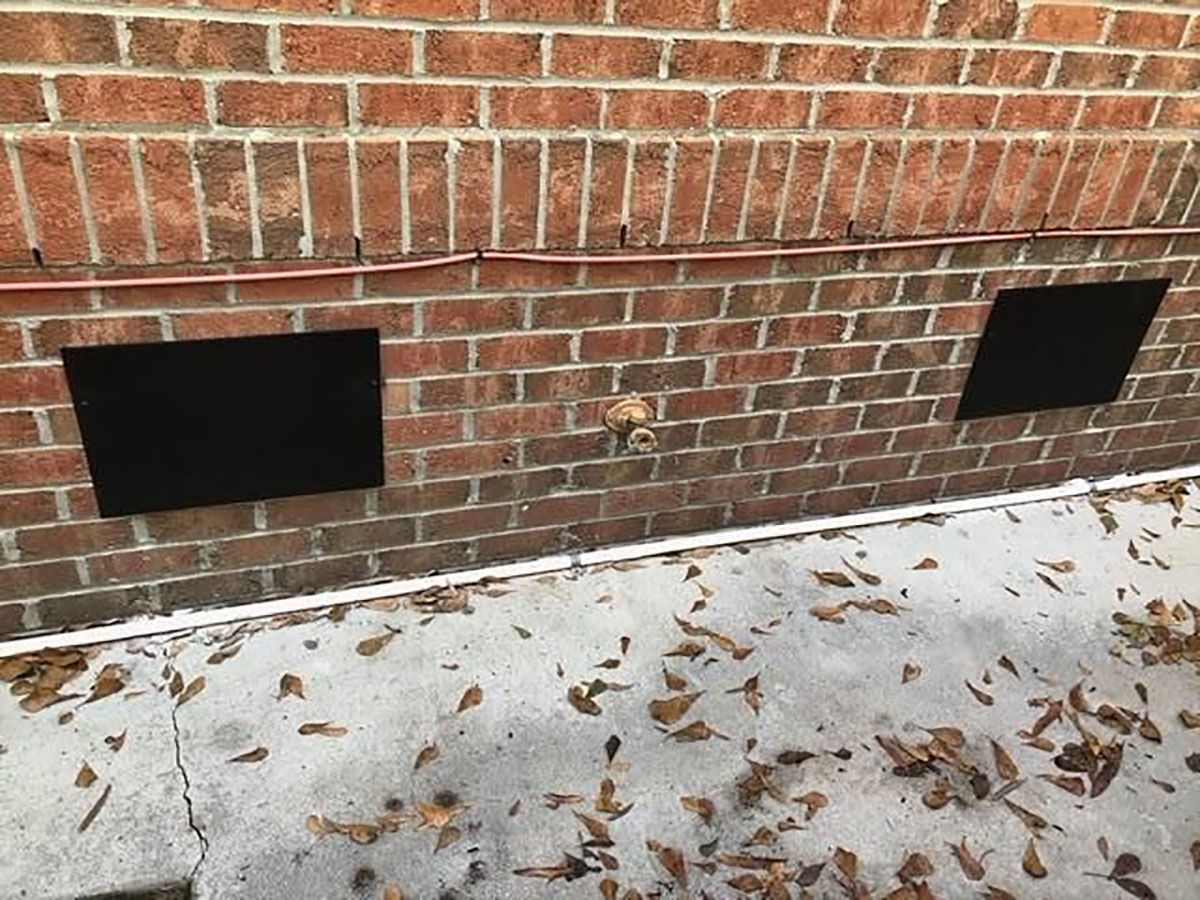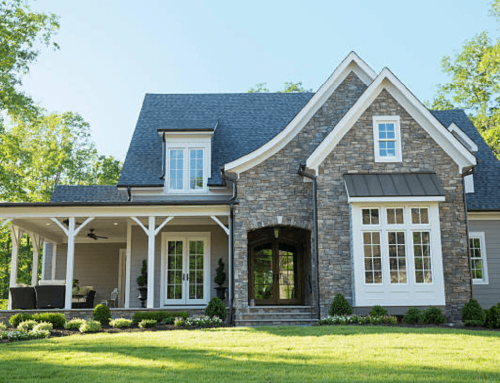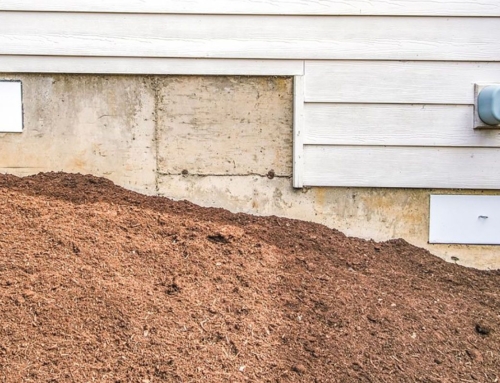As a homeowner, it’s important to get ahead of the harsh winter weather by tackling projects that will protect your home from frozen temperatures and snow. By winterizing your home, you will save money on energy bills and keep your home warm and ready for the cold season. Not to mention, you can prevent costly cold weather-related repairs on your home.
While you bring out the cozy blankets and sweaters inside, get your outdoor winter checklist ready too. It’s best to start winterizing your home in the fall before it gets too cold. This way, you won’t have to work in the cold and your house will be prepared for any early winter temperatures. We’ll explain the top tips and tricks for winterizing your home, like preparing your pipes, checking on your heating sources, and using outdoor vent covers, so you can prevent damage and save money.
Check on Your Heating System
One of the biggest tips for winterizing your home is getting your heating and energy systems checked out by a professional. This can help you save money on heating and energy bills and also prevent any issues when you go to use them.
Fireplace
It’s helpful to have an annual inspection before the start of the cold season, as animal nests, buildup, and soot can be hazardous in a wood-burning fireplace. A professional chimney sweep will thoroughly clean up any debris so you can safely start fires when the weather turns chilly.
Furnace
You can get your heating system’s filter ready for winter by cleaning out any dirt or dust that has accumulated in the warm months. If you’d like a more detailed inspection, call a professional technician to take a look.
Energy Audit
Cold weather can really bump up your energy bills. If you’d like to find ways to be more cost-efficient when heating your home, call your local power company for an energy audit. This tip can save you a lot of money in the long run, as a professional can suggest ways to cut down on energy costs while increasing comfort.
Get Your Pipes Ready for Cold Temperatures
Not getting your pipes ready for winter can have costly and time-consuming consequences. Because water expands when it freezes, if the temperature drops below freezing, your pipes will freeze and potentially burst. Your house could begin flooding and your floors and possessions could be damaged in the process. Because no one wants to pay or deal with a burst pipe, crossing this task off your winterizing to-do list is a must. Check for blockages and cracks before insulating your pipes.
Clean Your Gutters
After all the leaves have fallen in autumn, you’ll want to inspect and clean out your gutters. Cleaning out your gutters will prevent clogs and allow snow that is melting to drain properly. Blocked drains can result in the accumulation of water that can grow mold. To avoid any gross cleanup or water freezing, keep your gutters clear before the first snowfall.
Inspect Your Roof
Winter may bring snow, ice, and rain that can wreak havoc on your house if you’re unprepared. Roofs are especially a place for concern, as damaged, broken, or missing shingles can lead to extensive water damage. Water damage can be expensive and a pain to fix, and if not caught in time can lead to mold and mildew problems. Take a look at your roof or hire a professional to inspect for any potential problems. Clear away excess leaves and debris. Replace all shingles that need to be fixed to prevent water leakage.
Insulate Your Attic
The attic is often an overlooked part of the house for the winter season. It’s important to fully insulate this space, as cold air may enter through the cracks. Also, heat rises, so the warm air from your house will rise to the attic. It’s necessary to insulate your attic for these reasons, and it may be one of the most important things you can do to winterize your house.
Use Weatherstripping
Installing weatherstripping will prevent cold air from seeping in through the cracks of windows and doors. These little nooks cannot be insulated otherwise, so use them wherever you see a gap for cold air to enter. It will also help prevent warm air from escaping, which will reduce the cost of your energy bills.
Use a Crawl Space Vent Cover
Much like the attic, insulating your crawl space is essential when winterizing your home. To keep cold air out of your crawl space, consider outdoor vent covers for the sides of your house. Crawl space vents without covers allow snow, puddles, and cold winds to enter underneath your home. This can lead to high costs for heating your home, as well as mold, mildew, and animals nesting there.
Crawl space vents should be covered to winterize your home. When you’re looking for foundation vent covers for winter, consider the durability of different kinds. Styrofoam outdoor vent covers will not be able to last for a very long time, and will have a tough time withstanding the cold weather and snow. Combined with Vanity Vents foundation vent covers for winter, they can insulate your home’s crawl space pretty well. With Vanity Vents outdoor vent covers, you’ll prevent any snow from getting under your house and leaving puddles. So you won’t have to worry as much about mold problems from excess moisture underneath your house.
Winterizing your house is important to prevent exorbitant energy costs, reduce the need for expensive repairs, prevent mold, and keep the overall health of your home in good condition. Following these tips and strategies for preparing your house for the chilly winter will set you up for a cozy, hassle-free winter spent by the warm fire with your family. If you’re ready to get started on your winterization checklist, learn more about how Vanity Vents can help you insulate your home from cold temperatures.






